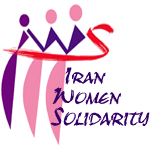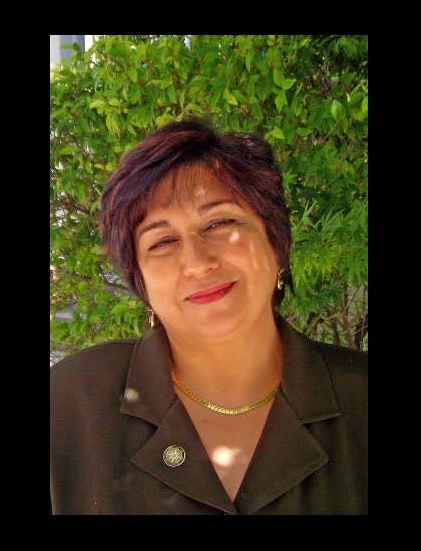The 1979 Iranian revolution resulted in the establishment of an Islamic Republic under the leadership of religious leaders. The complete amalgamation of state and religion has had considerable implications for women’s legal and social equality. The question of women’s rights and women’s public life had been one of the central themes in the opposition of Ayatollah Khomeini and his followers to the fallen modernist regime. Indeed, the role of women had formed an axis around which religious leaders and diverse conservative forces had woven solidarity bonds. To reward these alliances, the new regime moved immediately to cancel the family law reforms and reintroduced men’s right to polygamy and compulsory veiling for women. The new regime’s ideologues envisioned an Islamic society based on nearly complete gender apartheid in which men and women intermingled only in the realm of the family and not in public.
The large-scale participation of women in the revolution, and the fact that their black veils had become an icon of the revolution, presented a new complexity for the leaders who hitherto had only viewed women as an object of politics and not as political citizens. Women did not readily accept the Islamic state’s gender vision. The state tried to use women to boost its legitimacy. Secular women, who were completely excluded from power structures, continued to document injustice. For their part, religious women tried to re-read Islamic texts to call into question the regime’s exclusion of women from public life and full citizenship. Islamist women launched a widespread public campaign focusing on “Islamic justice for all and not just for men” and managed to re-instate many of their cancelled rights gradually. Women, also, occupied the few public spaces that remained open to them, such as in education and social volunteering. Furthermore, women used their votes and contributed enormously to the election of liberal and reformist religious and political leaders. These developments encouraged an optimistic vision of the democratization of Shia Islam and the reformation of women’s place within it.
Reforms alarmed many conservatives including, powerful, non-elected life-long officials in control of the state apparatus. They viewed women’s reforms as evidence of creeping secularism and western feminism. Thus, using the resources at their disposal they launched a counter strategy. Notably, conservatives invested heavily in women’s religious schools where thousands of women religious leaders were trained, immersed in the most conservative interpretation of women’s role in Islam. By 2005, conservatives had recaptured both the parliament and the government which meant that Islamist and reformist women’s room to manoeuvre in the political sphere was substantially reduced. Through various case studies, this article demonstrates that the way religion has been re-introduced into formal politics in Iran, and the manner in which it has been appropriated and re-appropriated by different social and political forces reveals how religion, like secularism, can lend itself to a variety of interpretations, with variable impact on women. It is clear that reformist forces have not been able to democratize their institutions and to respond to women’s needs, nor have they been able to organize women at the popular level with the same degree of success as have conservative forces. It now appears unlikely, given the present state structure and the triumph of the religious right in government, that women will be able to make inroads unless the state structures become more democratized.
To access this document please use the links to the right of this page.

